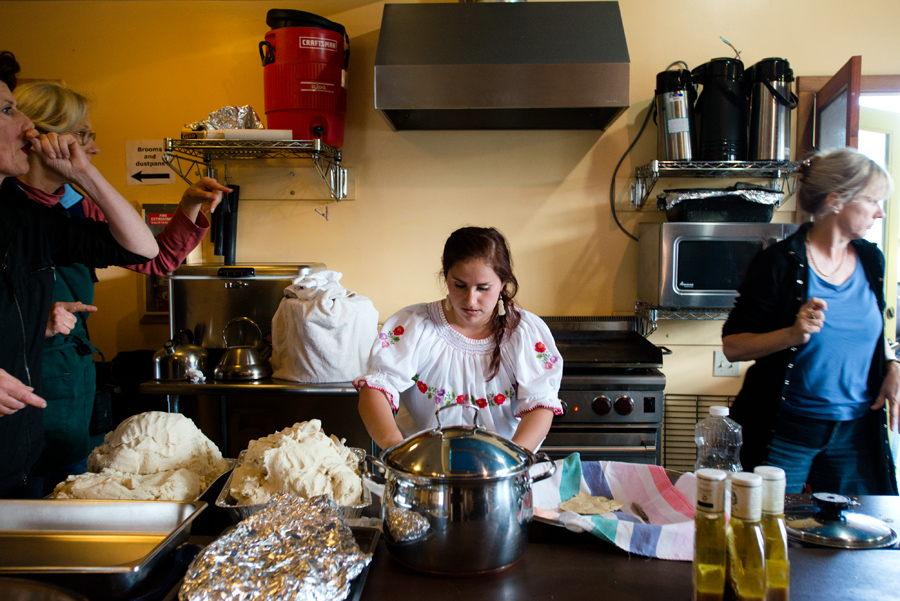Juanita Romo, a participant in Gallery Route One’s Latino Photography Project for almost six years, has become more than just a proficient photographer . . .
Latino photo project captures palates


Juanita Romo, a participant in Gallery Route One’s Latino Photography Project for almost six years, has become more than just a proficient photographer . . .